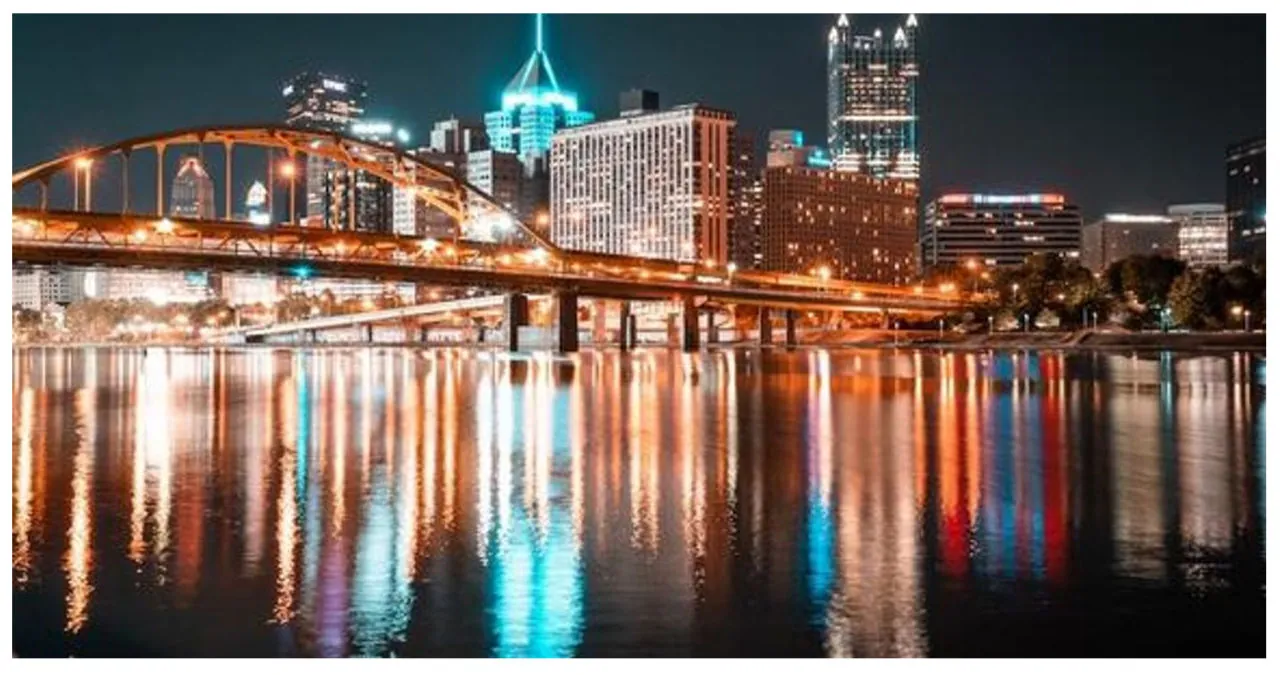While headlines declaring Reading, Pennsylvania, as the “most depressed city” in the state may grab attention, they offer a limited and potentially harmful perspective. Depression, a complex issue shaped by a multitude of factors, cannot be neatly pinned on a single location. Attributing such a label to an entire city risks perpetuating stigma and overlooking the nuanced realities of individuals and communities. This article delves deeper, exploring the reasons behind Reading’s struggles while also highlighting its resilience and potential for change.
This City Has Been Named Most Depressed City In Pennsylvania
Reading, PA, has been named as the most depressed city in Pennsylvania
Reading, a city with a population of 88,495, has a significant portion of its residents, nearly 62%, engaged in employment. Unfortunately, the city also faces a high poverty rate, with 36% of the population living below the poverty line. In fact, The New York Times once labeled Reading as the poorest city in the United States. The city’s economy has been severely impacted by the closure or downsizing of factories, resulting in widespread job losses. Furthermore, approximately 44% of households in Reading rely on food stamps, making it one of the highest rates in the country.
A City Grappling with Challenges
Economic Woes
The decline of heavy industry and a stagnant job market have left significant scars on Reading. High unemployment, low wages, and poverty rates cast a long shadow, contributing to feelings of hopelessness and insecurity.
Social Disintegration
The shrinking middle class and growing income inequality have fractured social cohesion. A sense of community and belonging has eroded, leaving many feeling isolated and unsupported.
Limited Opportunities
Access to quality education and healthcare remains a challenge for many residents. Limited resources and support systems further constrain options for upward mobility and personal growth.
Legacy of Neglect
Decades of disinvestment have left their mark on the city’s infrastructure and public services. Blighted neighborhoods, inadequate transportation, and limited green spaces contribute to a sense of despair and neglect.
Beyond the Statistics: Stories of Resilience
While hardships are undeniable, Reading is far from a city defined solely by struggle. Countless individuals and organizations are actively working to build a brighter future. Here are glimpses of their stories:
Community Champions: Grassroots initiatives like the Reading Food Bank and the Berks County Community Action Program are providing vital support to families in need, offering a lifeline of hope and assistance.
Entrepreneurial Spirit: Driven by a desire to revitalize their city, local entrepreneurs are launching innovative businesses and creative ventures, injecting new energy and economic opportunities into the community.
Artistic Expression: Reading’s vibrant arts scene, with its thriving music scene, art galleries, and community theater groups, serves as a beacon of creativity and resilience, nurturing a sense of community and cultural identity.
Youth Movements: Young people are leading the charge for change, advocating for environmental sustainability, social justice, and economic empowerment, bringing fresh perspectives and a renewed sense of optimism.
Conclusion: Hope beyond the Headlines
While challenges remain, Reading’s story is not one of mere hardship. It is a story of resilience, community spirit, and unwavering determination. By looking beyond the bleak headlines and focusing on the narratives of hope and action, we can empower Reading and other communities facing similar struggles to build a brighter future. Remember, a label does not define a city, nor does it tell the whole story. By acknowledging the complexities of life in Reading and prioritizing solutions over stigma, we can pave the way for a future where every resident can find hope, opportunity, and well-being.
FAQ On Most Depressed City in Pennsylvania
Q: Why has Reading, Pennsylvania, been labeled as the most depressed city in the state?
A: Reading, PA, faces economic challenges such as high unemployment, low wages, and a significant poverty rate, largely due to the decline of heavy industry and the closure or downsizing of factories.
Q: What factors contribute to the economic struggles in Reading?
A: The city’s economic woes stem from the decline of heavy industry, a stagnant job market, and widespread job losses. Factors like high poverty rates, reliance on food stamps, and limited access to education and healthcare also contribute.
Q: How has social disintegration impacted Reading?
A: Social disintegration in Reading is marked by a shrinking middle class, growing income inequality, and a sense of community and belonging eroding. These factors leave many residents feeling isolated and unsupported.
Q: Are there positive initiatives in Reading addressing its challenges?
A: Yes, there are positive initiatives. Grassroots efforts like the Reading Food Bank, local entrepreneurship, a vibrant arts scene, and youth movements for social justice and economic empowerment showcase resilience and determination in the community.
Additional Sources:
- “Reading, Pennsylvania: Economic Decline and the Struggle for Revitalization” by the Brookings Institution: https://inthesetimes.com/article/reading-pa-symbolizes-poverty-crisis
- “Berks County 2021 Comprehensive Plan” by the Berks County Planning Commission: https://www.countyofberks.com/Departments/Planning-Commission/Planning-Topics/Economic-Development/Berks-County-Comprehensive-Plan-2030-Update
- “The Disconnected Community: A Portrait of Berks County, Pennsylvania” by the United Way of Berks County: https://www.uwberks.org/staff-directory/
- “Pennsylvania Housing Affordability Report 2022” by the Pennsylvania Housing Finance Agency: https://www.zoominfo.com/c/pennsylvania-housing-finance-agency/826417
Also Read:
- This City in Washington Earns the Disturbing Title of Rape Capital
- This California City Named As The Rape Capital of the State: Shocking Report Revealed
- Florida’s Top LGBTQ-Friendly City Revealed -Is Your City on the List?



